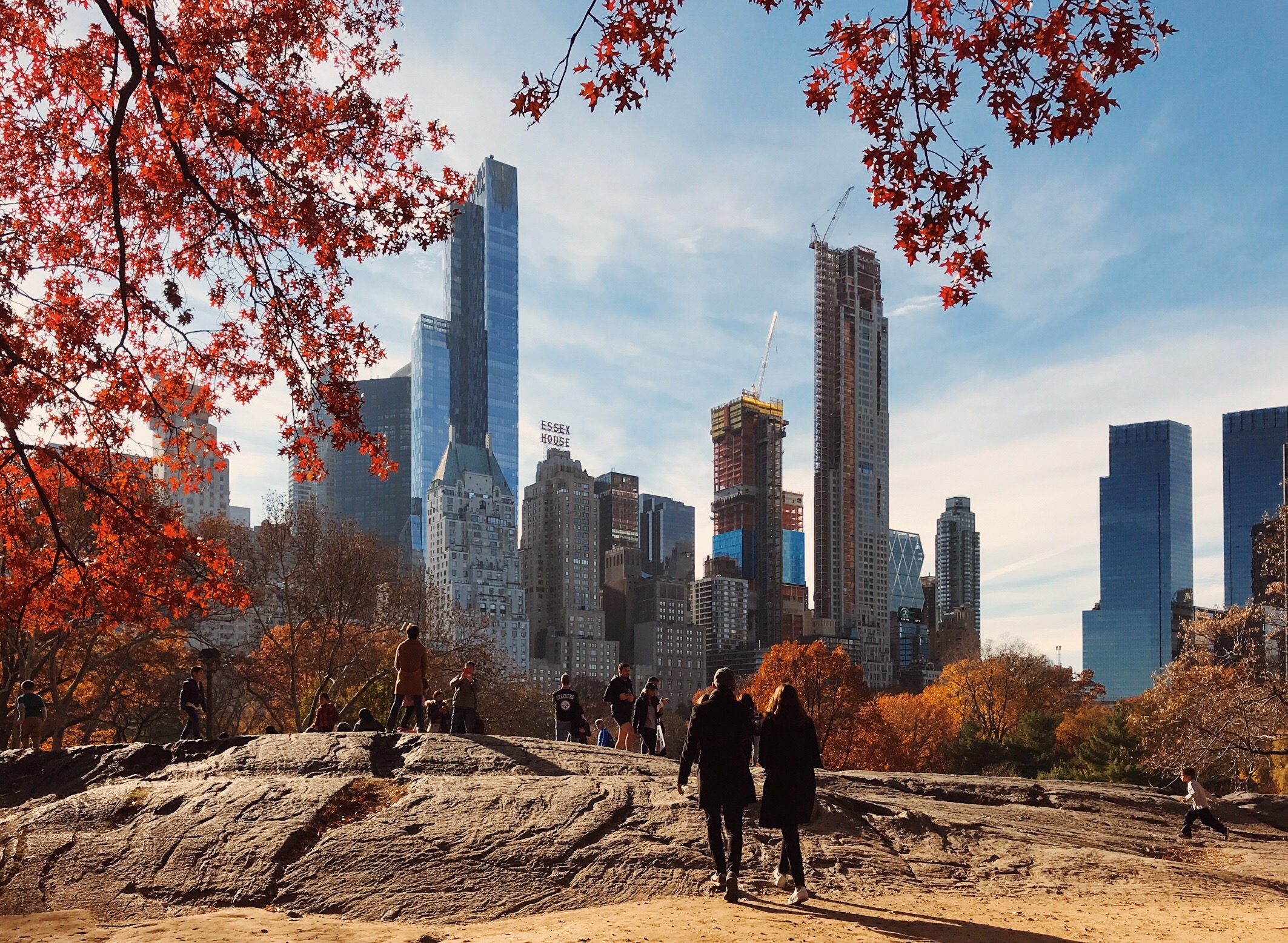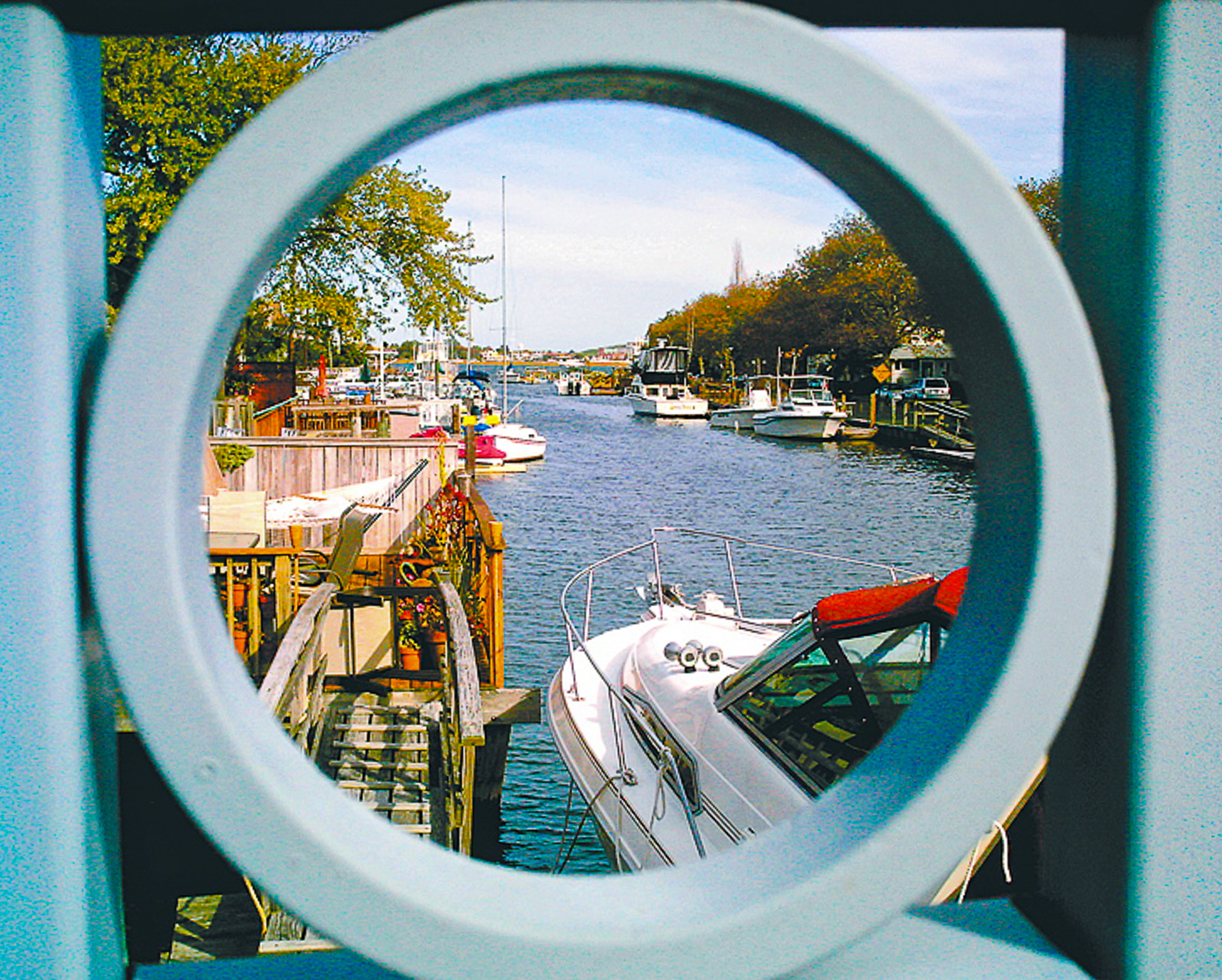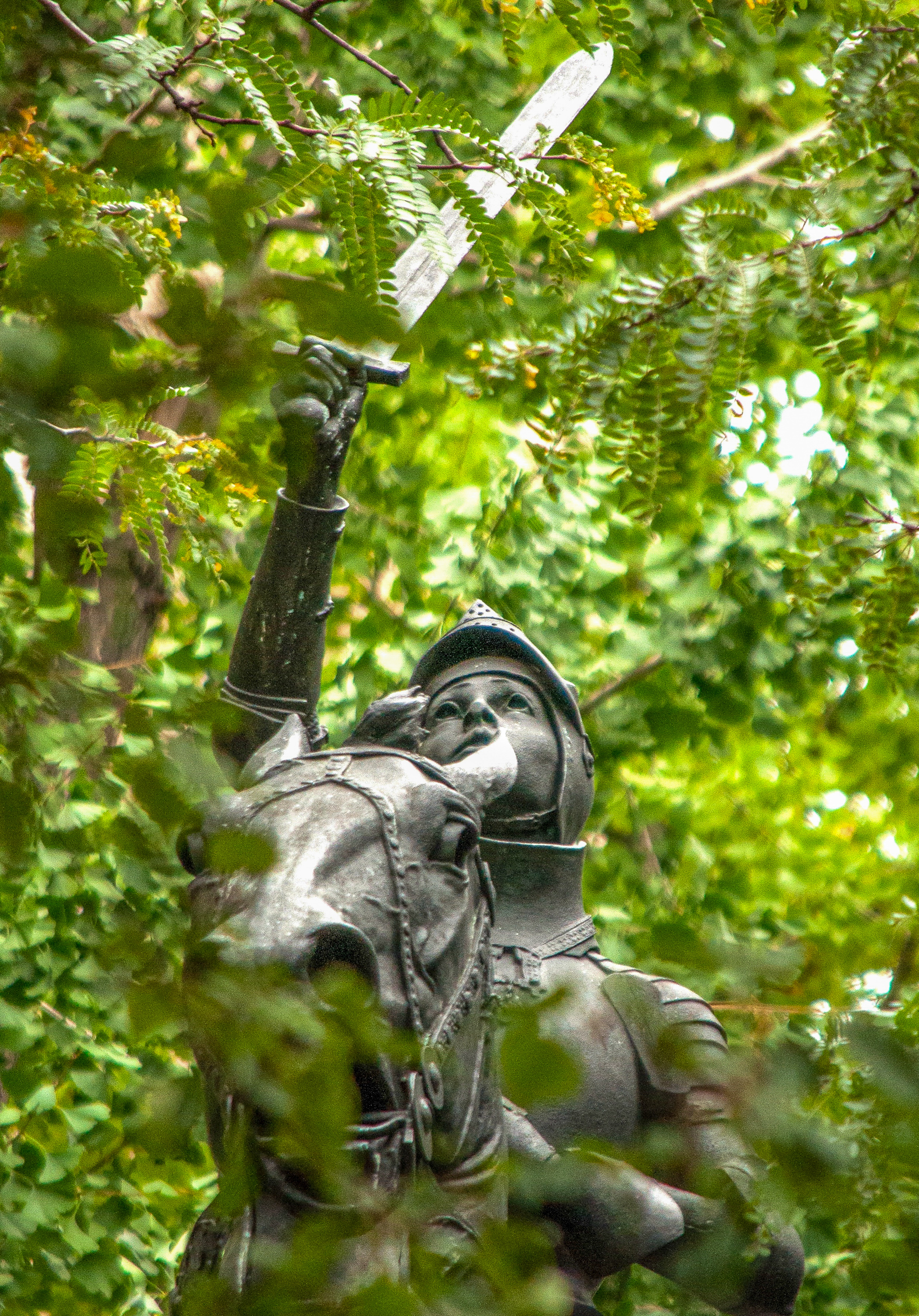A Facebook friend and Instagram follower from France asks: “Tell me, what would you say to a beginner in photography? Do you have any advice to share?”
Sure, there are myriad technical ways to improve as a photographer, from mastering your camera’s settings, to learning how to employ artificial light to evoke certain moods, to knowing what is the best lens to use to capture the details of a rose or a landscape. But technical issues amount to little if the compositions and perspectives you use are dull and uninspiring.
You've developed a photographer's eye when you can capture subjects in more intriguing ways. For example, you and your fellow Frenchmen have undoubtedly seen countless Eiffel Tower photos that look remarkably similar in angle and depth. But a photographer with a strong eye may capture the tower from a slightly different vantage point, giving viewers an uncommon or even unique perspective.
Ultimately, many elements must conspire to produce outstanding photos, including focus, lighting, and other basics. But the more fundamental factors—those you can't rely on your camera to produce—are the interplay of subject, your purpose for photographing it, and the composition or perspective of your shot.
“Technical issues amount to little if the compositions and perspectives you use are dull and uninspiring.”
Is a photographer's eye an innate talent or an ability developed over time—or both? What I can say for sure is that I developed mine through experience and observation. More on this later.
First, I must emphasize that while you can certainly learn a lot simply from taking many photos, beginners especially should couple practice with study. That is, look carefully and critically at the work of other photographers, ranging from top professionals to talentless amateurs.
Of course, in our increasingly digitized and visually oriented world, opportunities to study photos are seemingly endless. Sure, follow photographers on Instagram and create boards of your favorite photos on Pinterest. But also slowly leaf through books and magazines with quality photos and ask yourself why a particular shot caught your eye, or flip back to a photo that failed to give you pause and figure out what it lacks.
Were you moved by a photo’s subject, lighting or colors, or perhaps it was all of these factors working together? Is the framing and perspective clichéd or unique? Maybe what you like best is the clarity of the shot? Would you have a different response to the photo if the lighting were brighter or darker, or if the subject posed differently, or smiled instead of wearing a neutral expression?
These kinds of observations made routinely will help to significantly guide your eye toward what to pursue and avoid in your own work, including how a composition in one photographer's photo, say, a country landscape, may be applied to an entirely different scene, such as a cityscape, in your own work.
“Look carefully and critically at the work of other photographers, ranging from top professionals to talentless amateurs. ”
I began to appreciate creative photography as a child, eagerly anticipating the arrival of each new Sports Illustrated issue. The magazine's photographers captured striking action shots of athletes at pivotal moments, evoking emotions ranging from frustration to elation to heartbreak.
As I reached my late teens and early 20s, I checked out books from the library, including Life compilations showcasing the magazine’s most iconic images and books featuring black-and-white photos of New York from decades past, revealing dramatic changes in the city and its people.
I believe these experiences, along with my early interest in artistic drawing and later engagement with art books—particularly those on representational paintings—helped cultivate my photographic eye. At that time, I didn’t own a camera and couldn’t articulate exactly what I appreciated about specific images.
Years later, working as an editor responsible for filling newspapers with stories and photos, I observed how our photographers executed my requests for images to accompany articles. While some produced clichéd and mediocre shots, the more talented ones brought creative perspectives, often creating more imaginative images than I could have envisioned. This experience taught me about the various approaches photographers could take in capturing subjects or scenes.
Additionally, I learned from reviewing numerous images with our photo editors, who explained why certain shots conveyed stories effectively and what criteria made a photo worthy of the front page. This informal study of photography significantly sharpened my eye.
I share my story to highlight the time and effort I dedicated to simply observing photos and art before I ever picked up a camera to create intentional, creative shots during my journalism career and when I adopted photography as a hobby.
While it's true that a beginner photographer should take numerous photos of different subjects and learn through trial and error, I believe that to significantly enhance the quality of your images, the most crucial steps involve purposeful observation rather than technical camera skills.
So, take a moment to set your camera aside and invest the time necessary to study photos, allowing you to discover and nourish diverse perspectives. Eventually, as you venture out to photograph, you will notice that you are developing a distinct personal style, enabling you to present your audience with the substance of your own, possibly unique, vision of the world.
* This article was revised from the original in May 2025.







